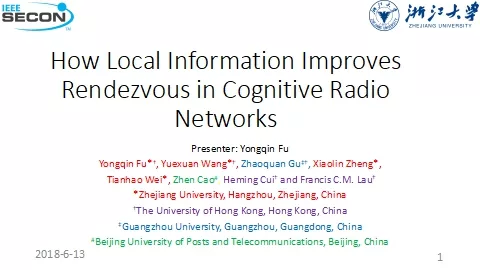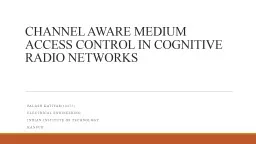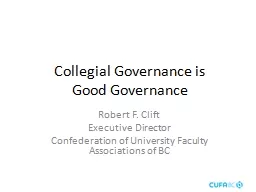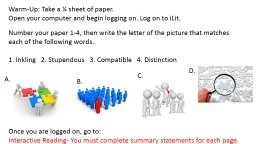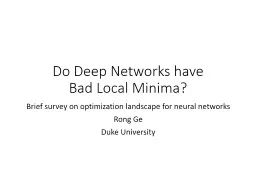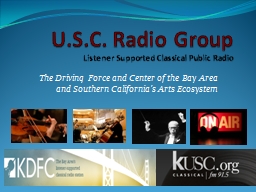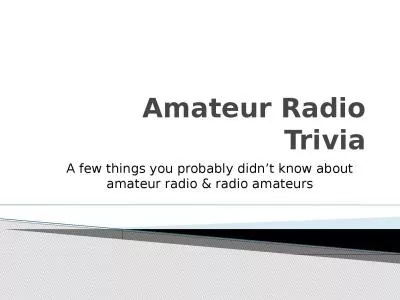PPT-How Local Information Improves Rendezvous in Cognitive Radio Networks
Author : fluenter | Published Date : 2020-07-04
Presenter Yongqin Fu Yongqin Fu Yuexuan Wang Zhaoquan Gu Xiaolin Zheng Tianhao Wei Zhen Cao Heming Cui and Francis CM Lau Zhejiang University Hangzhou
Presentation Embed Code
Download Presentation
Download Presentation The PPT/PDF document "How Local Information Improves Rendezvou..." is the property of its rightful owner. Permission is granted to download and print the materials on this website for personal, non-commercial use only, and to display it on your personal computer provided you do not modify the materials and that you retain all copyright notices contained in the materials. By downloading content from our website, you accept the terms of this agreement.
How Local Information Improves Rendezvous in Cognitive Radio Networks: Transcript
Download Rules Of Document
"How Local Information Improves Rendezvous in Cognitive Radio Networks"The content belongs to its owner. You may download and print it for personal use, without modification, and keep all copyright notices. By downloading, you agree to these terms.
Related Documents

